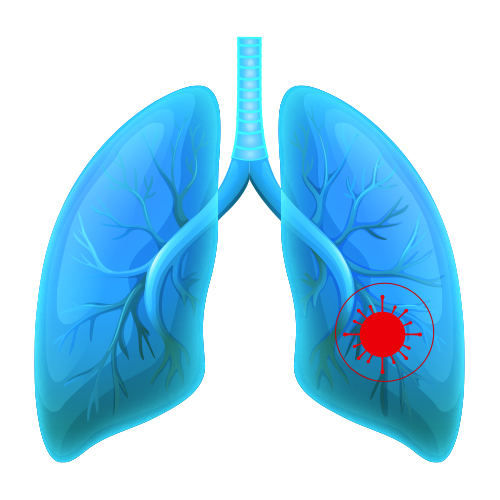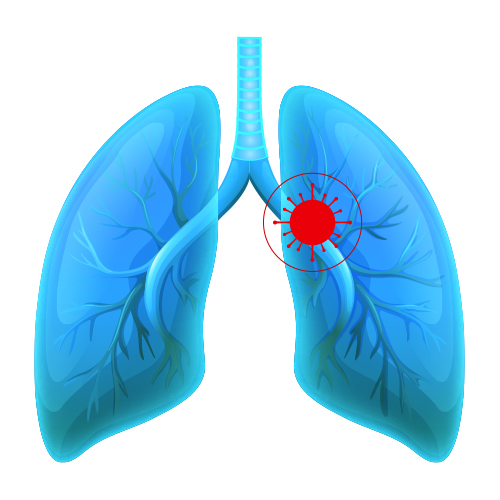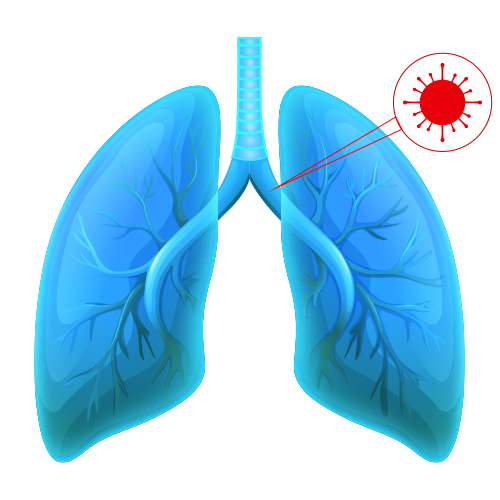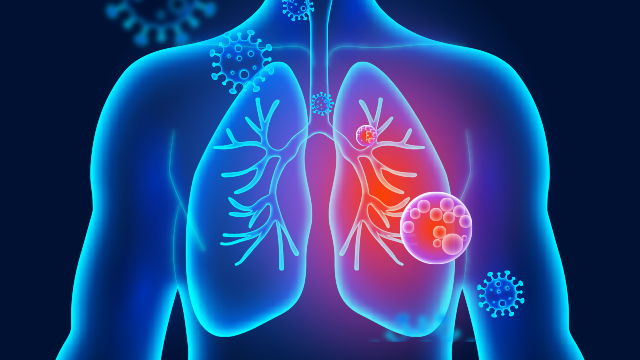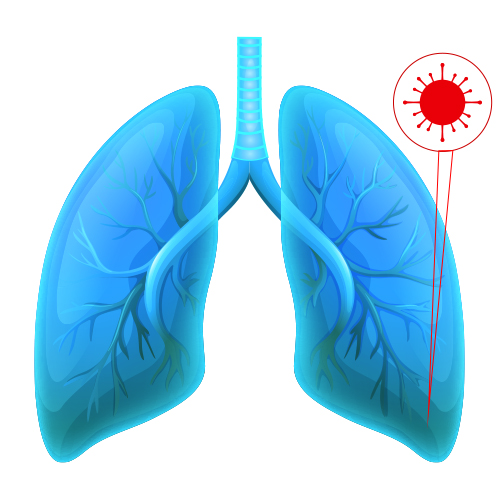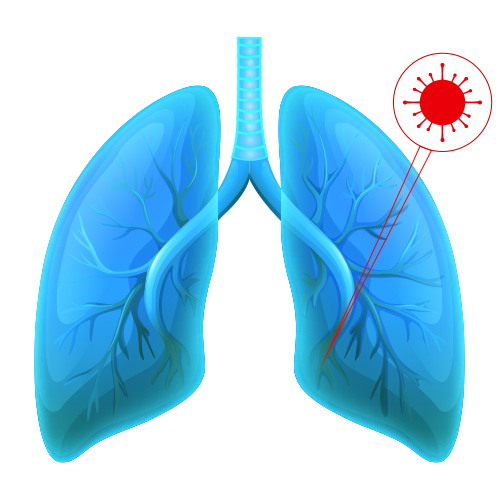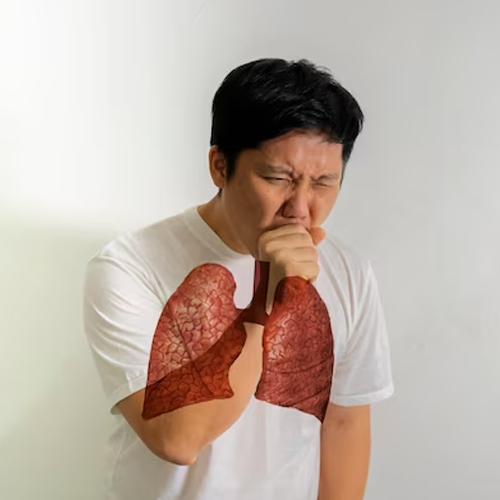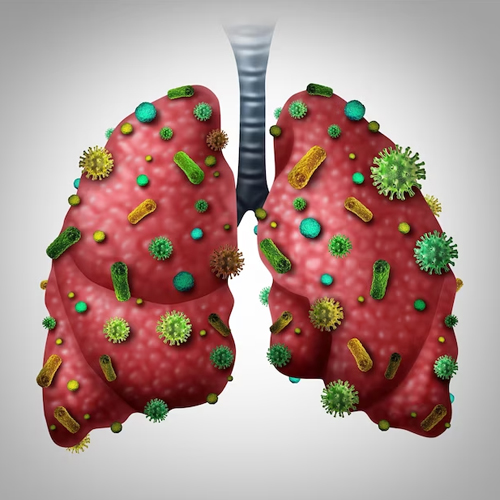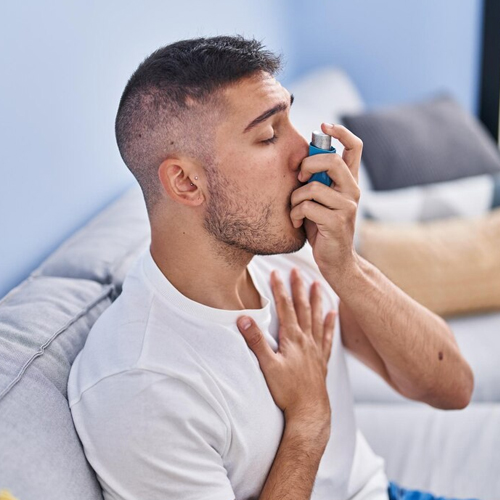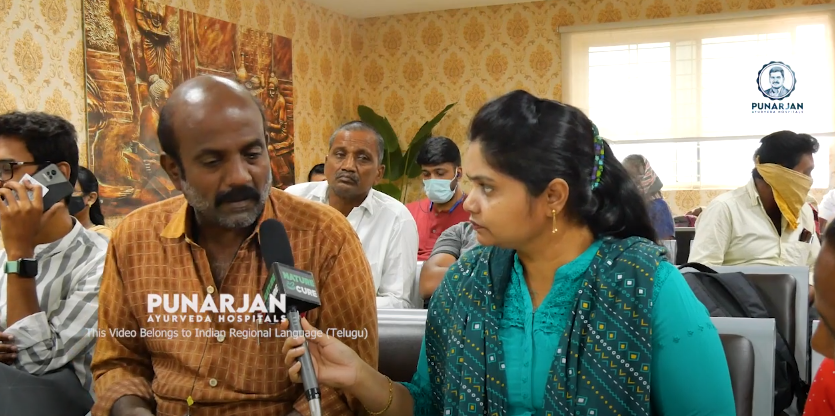Lung cancer can be categorized into SCLC and NSCLC and both these variants have different stages. Thus, the treatment may also vary based on the type and stage of lung cancer.
Treatment for SCLC by Stage
Stage I – At this stage, the cancer is usually restricted to the lungs and has not spread to the nearby lymph nodes. Surgical interventions are best suited for this stage and are often followed by chemotherapy and radiation therapy to address any relapse concerns.
Limited Stage – At this stage, the tumor is relatively bigger and is often difficult to remove with surgery due to its difficult placement in the lungs. Chemotherapy, radiation therapy, and concurrent chemoradiation are often leveraged to destroy cancer cells and restrict further spread.
Treatment for NSCLC by Stage
Stage 0 – At this stage, cancer is still confined to the airways’ lining. Surgical interventions, such as segmentectomy, and sleeve resection, and therapeutic measures, such as photodynamic therapy, laser therapy, brachytherapy, etc. can be leveraged to treat stage 0 NSCLC.
Stage I – Surgery, adjuvant chemotherapy, immunotherapy and radiation therapy are some of the common treatment modalities for treating stage I NSCLC.
Stage II – Sleeve resection is the most recommended surgical procedure to remove the cancer cells. At times, pneumonectomy or the complete removal of the lungs might also be necessary depending on the cancer progression.
Stage III – Chemotherapy, radiation therapy, immunotherapy, either in a standalone or a combination manner, can be leveraged to treat advanced-stage NSCLC.
Stage IV – For stage IVA and IVB NSCLC, targeted therapy is recommended.
